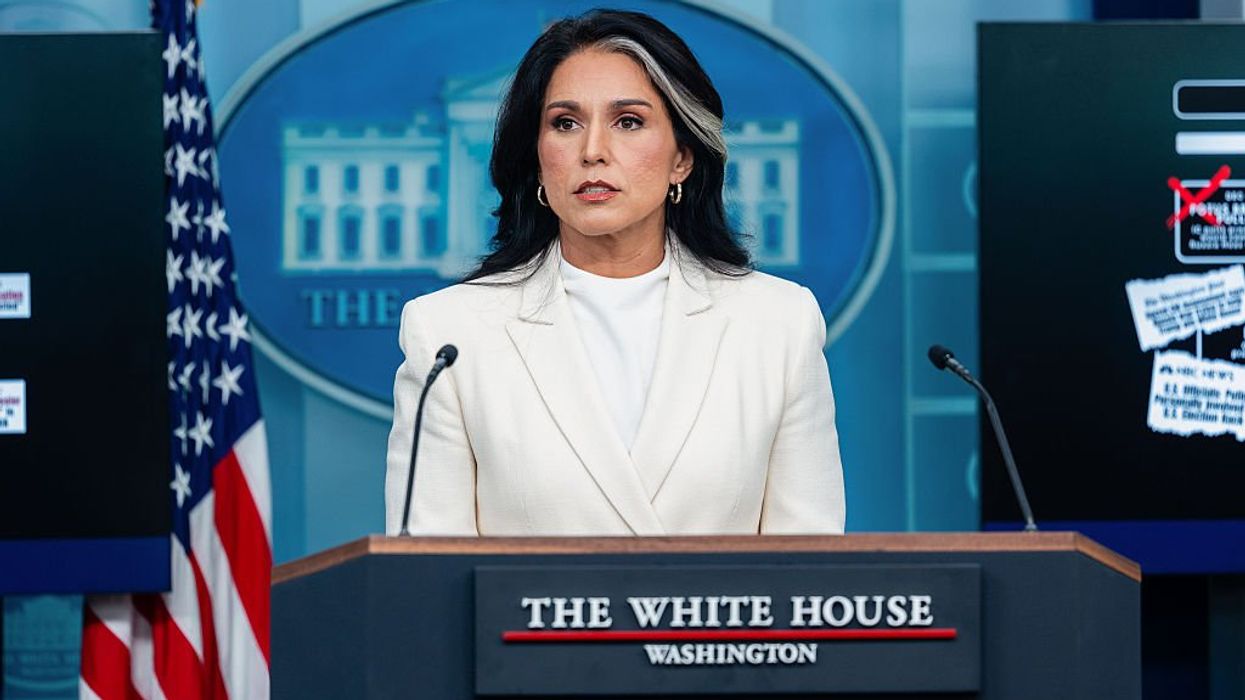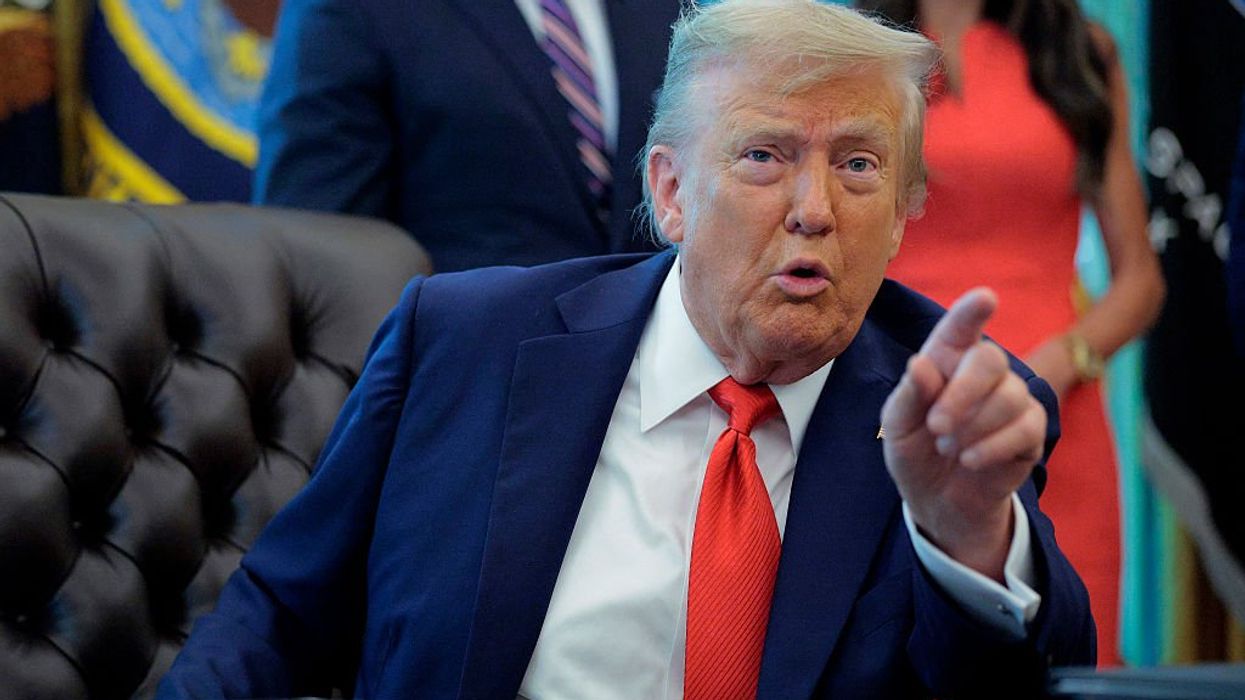
By the time many of you read this, my family and I will have put our dear friend and gentle protector Victor down for his final rest. I wanted to take a minute to share a few thoughts with you, the loyal listeners and viewers who have been with me from the time we first brought Victor into our home so many years ago.
It was right after 9/11 that I received my first death threat. . It was the first time I ever had any professional interaction with the FBI and we were told to go home. We didn’t even have curtains on the windows of our house at that time. I went home and I explained as calmly as I could to Tania that we had to take sheets and blankets and put them on our window as soon as we could.
That night, we had a serious discussion about what steps we needed to take to protect ourselves. Neither of us had ever owned a gun, and laughably at the time we didn’t feel we were responsible enough to have one in the house. I was living in Florida at the time and I took my family to Los Angeles and we couldn’t tell anybody that we were in LA for a month. When we came home, we knew we needed something in the house to protect us.
We went to Harrison K9, and the found us a kind and gentle protector who would become one of the most important members of our family: Victor.
Before I moved to New York City, there was rarely a moment when Victor wasn’t by my side. Those of you who were with us back during the Insider days probably remember seeing him in the WPHT studios in Philadelphia. He had a spot on the studio floor, and he would sit by my side, quietly watching and listening to the show. Looking back, I’m so thankful to have had a chance to have my best friend with me at all hours of the day.
He was a part of the show, and Insiders even got to see life through his eyes with “The Victor Cam”. It is a testament to his kindness, gentleness, and patience that he let us put that thing on his head.


Going through old photos today, I’m reminded that no one will feel the loss of Victor harder than my son, Raphe. As we’ve moved around the country, from Philadelphia to Connecticut to New York City and now to Dallas, Victor has been a steadfast and constant companion for Raphe.

As a baby, Raphe would put his tiny hands into Victor’s mouth and hold onto his teeth like rattles. Raphe would just be the swinging around, and Victor would look up at me with this look that just said “Come on, Glenn. Help me out. I’m losing my dignity here.”


A kind and gentle protector.
Two years ago we noticed that Victor was struggling with health issues. He’s had his ups and downs over the past twenty four moths, but over time it has become clearer and clearer that the pain has become too much for our friend to endure. We have depended on him for years and now his body is failing him. And now he depends on us to protect him and to care for him and to ultimately to decide what’s best for him. Not for us. For him.
Last night, we laid on the carpet and ate pizza at his feet for a change. We spent all night as a family laughing, crying, and silently dreading today. In just a few short hours, Victor will be surrounded by those he has protected for more than decade. And we will say our goodbyes. And he will close his eyes one last time. And as hard as it will be for us to let go, as much as we will shed tears and share memories and struggle with the loss of our dead, dear friend, I know he will be at peace.

And as much as I want to be selfish, as much as my kids and Tania want to keep Victor on for just a few more hours, days, or weeks - I know it is time to say goodbye to my friend and loyal, loyal companion.
I want to thank all of you for your thoughts and prayers. The messages of kindness and support that have poured in over the past few months through e-mail, Facebook, comments here on GlennBeck.com have meant more to me than you will ever know.
As I sit here, looking over the pictures of Victor from over the years, and prepare to spend time with my friend in his final hours I’m reminded of the poem “I wish someone had given Jesus a dog” by Rudyard Kipling. If you and your family are ever going through the loss of your family pet, I hope it brings you the comfort it has brought me:
I wish someone had given Jesus a dog.
As loyal and loving as mine.
To sleep by His manger and gaze in His eyes
And adore Him for being divine.
As our Lord grew to manhood His faithful dog,
Would have followed Him all through the day.
While He preached to the crowds and made the sick well
And knelt in the garden to pray.
It is sad to remember that Christ went away.
To face death alone and apart.
With no tender dog following close behind,
To comfort its Master's Heart.
And when Jesus rose on that Easter morn,
How happy He would have been,
As His dog kissed His hand and barked it's delight,
For The One who died for all men.
Well, the Lord has a dog now, I just sent Him mine,
The old pal so dear to me.
And I smile through my tears on this first day alone,
Knowing they're in eternity.
Day after day, the whole day through,
Wherever my road inclined,
Four feet said, "Wait, I'm coming with you!"
And trotted along behind.
Rudyard Kipling

Again, thank you for the love, support, and prayer through this time.
Goodbye, my kind and gentle protector. Goodbye, my friend.
You will be missed.
Laus Deo,
Glenn Beck


 Kean Collection / Staff | Getty Images
Kean Collection / Staff | Getty Images
 Bloomberg / Contributor | Getty Images
Bloomberg / Contributor | Getty Images Chip Somodevilla / Staff | Getty Images
Chip Somodevilla / Staff | Getty Images